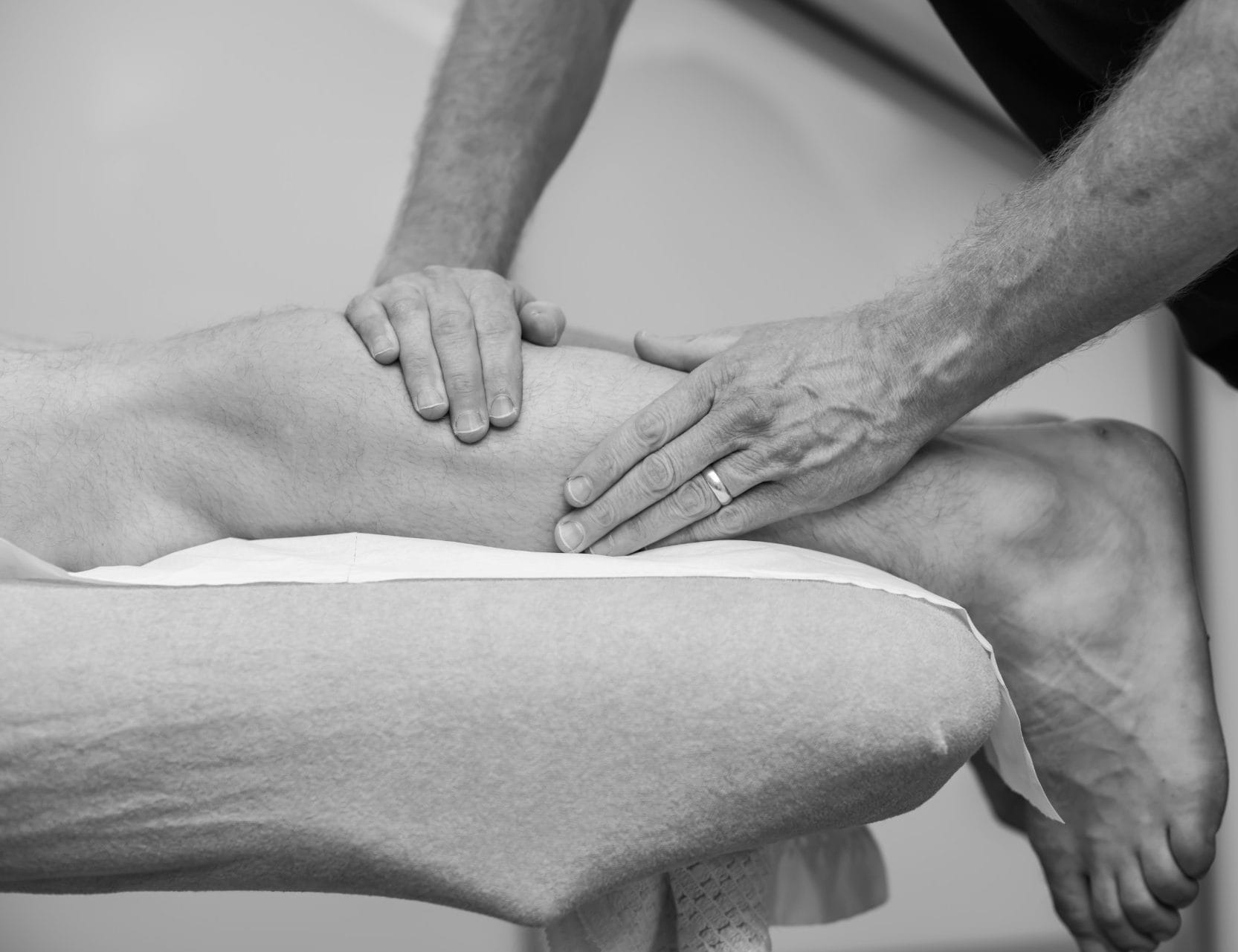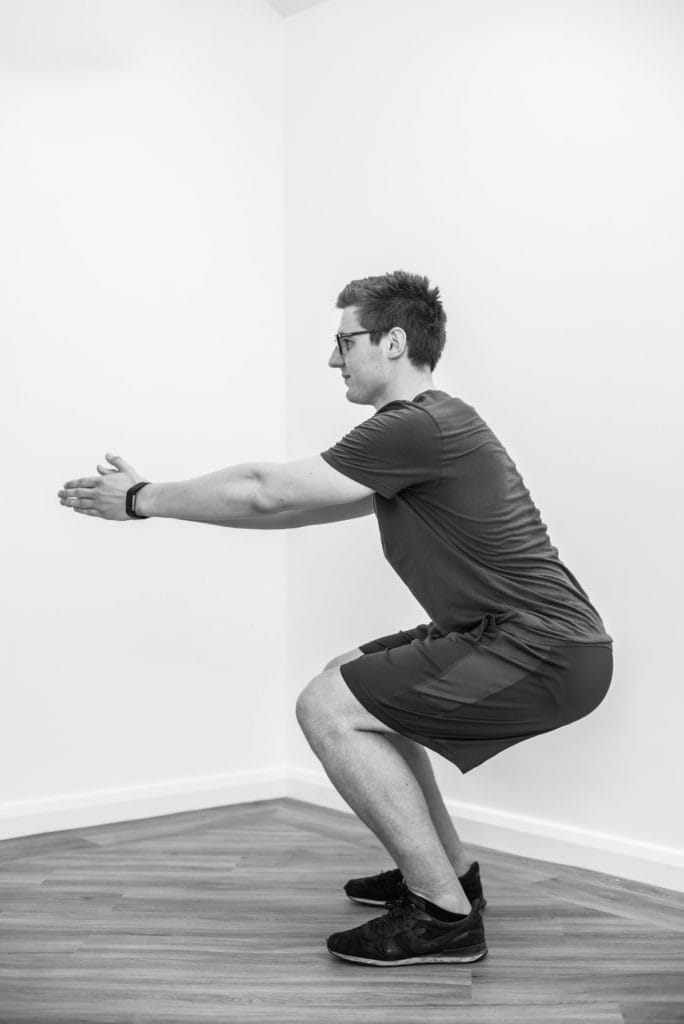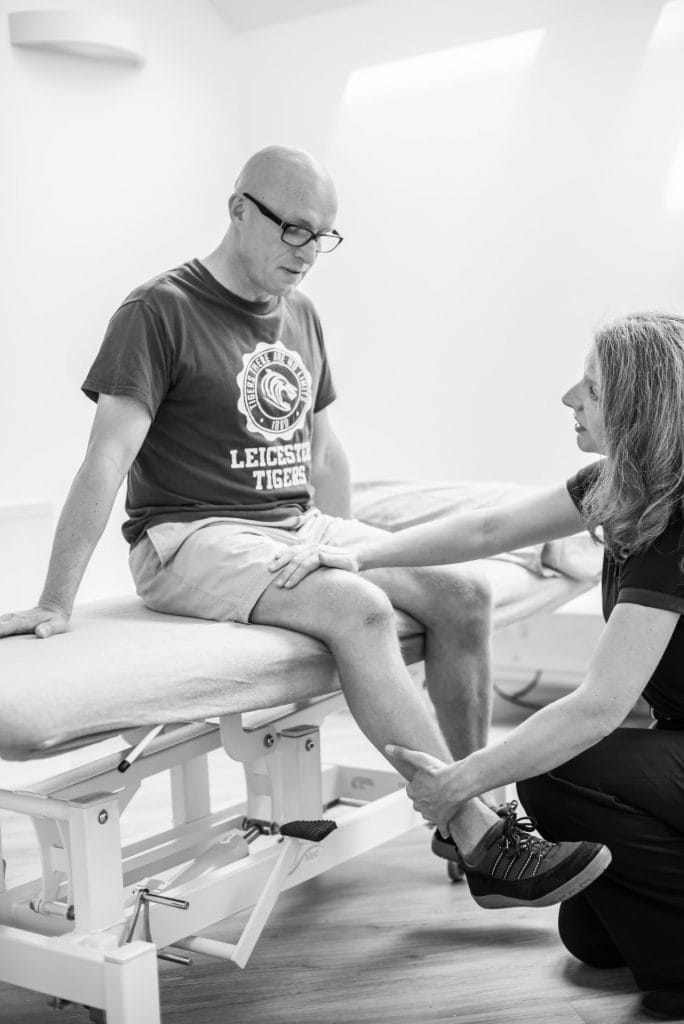Leg, foot & ankle injuries
Leg, foot & ankle injuries are very common, and because they’re difficult to rest they can often persist for longer than necessary. That’s why it’s important to seek professional help. Our physiotherapists will assess your injury, diagnose the source of your pain, advise you on what you need to do to help it recover quickly and provide you with hands-on treatment to get the healing process on track.
Below are some of the injuries affecting the leg, foot and ankle which we commonly treat at Body Works, but our physiotherapists are trained in the management of all musculoskeletal conditions affecting this and other parts of the body. If you’d like to know more about how we can help you, please call us on 0116 2885533. We’re always happy to answer your questions. You can also telephone to make an appointment with one of our physiotherapists or you can book online here.
TENDINOPATHY – The Achilles tendon is the tendon which connects the long, large muscles of the calf (gastrocnemius, soleus) to the heel bone (the calcaneum). It is extremely strong, allowing us to produce powerful movements like running, hopping and jumping. However, it is vulnerable to wear and tear, especially as we get older, and in rare cases it can rupture. In the case of rupture, sufferers report a feeling of being hit in the back of the heel, followed by an inability to push through the foot. There is a sharp, instant pain, followed by relatively minor pain. Some tendons will be immobilised and allowed to heal gradually, others will require surgical repair. In the case of Achilles tendinitis the picture is far more subtle, with some people experiencing fairly rapid onset of pain, whilst others notice only a gradual deterioration. As a result, some people will feel they can’t carry on with normal activities, whilst others struggle on, only to find their symptoms worsening. Typical symptoms include swelling and localised tenderness, with increased pain when walking long distances or up stairs or slopes, or if trying to run. Factors causing Achilles tendinitis range from overuse, to calf weakness and poor leg and foot posture. This is a condition which physiotherapists commonly treat with a great deal of success but, like most conditions, it requires the full participation of the client in their own care in order to maximise the benefits of treatment.
ANKLE SPRAIN – The ankle is effectively a complex of joints, all working together to provide the combination of stability and flexibility needed for everyday movement and for those occasions when more power, speed and agility are required. Many muscles have to work in a coordinated fashion around the ankle and many ligaments act to hold the various bones and their joints together. Not surprisingly, things sometimes go wrong, and this is when sprains and strains occur. Tendons, muscles, ligaments and bones can all get injured in the process, but ligaments are the structures most commonly damaged. The result is likely to be significant swelling in the area of injury and marked tenderness on movement or direct pressure. If you’re in doubt as to whether you’ve broken a bone it’s best to attend A&E for an x-ray or go to see your GP at the earliest possible time. If there’s no evidence of a break, the best treatment (provided you have no loss of sensation in the area) is to apply ice to the affected part of the ankle for 15-20 minutes, making sure you keep a layer of towelling or such material between your skin and the ice. You can apply ice every 2 or 3 hours. Physiotherapists are experts in the process of rehabilitating sprained ankles, so it’s worth investing some time and money in a couple of treatments, especially if you’re aiming for a problem-free return to sport.



SEVER’S DISEASE – This is a condition that typically affects children between the ages of 11 and 15. It is misleadingly named, as it is not a disease at all, but a traction injury, whereby the force of the Achilles tendon pulling on the partially fused bones at the back of the heel causes inflammation and disruption to the small blood vessels supplying the bones. Recovery usually follows on from the continued growth of the affected individual and full fusion of the bones involved, however, rest and activity modification are required initially.
